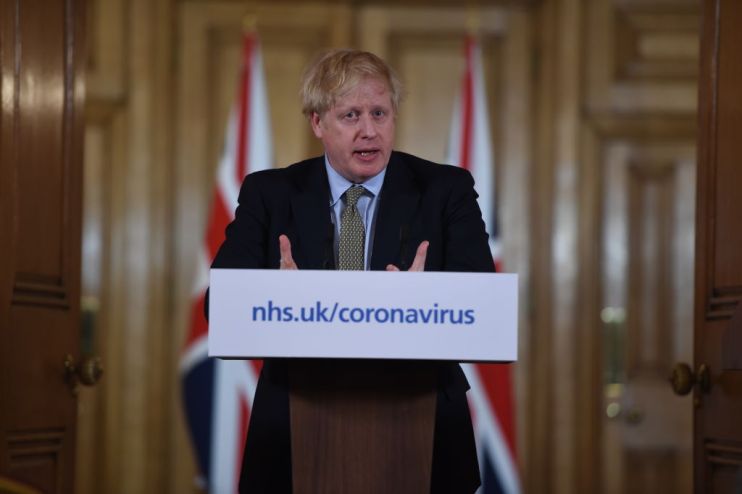Once we reach a social distancing tipping point, more restrictions won’t help at all

How long should the lockdown last? Should it be tightened or relaxed? An abstract concept from both epidemiology and network theory can give a powerful insight into these highly practical problems.
This is the concept known as the “threshold”, sometimes called the critical point or the tipping point.
The basic idea is a very familiar one. Imagine you take a cube of ice out of the freezer. It will be ice regardless of whether the temperature is set at minus 10 or minus 2 degrees. Changing the starting temperature makes no difference.
But as soon as the temperature is above zero, it starts to turn to water. A threshold has been passed. You put the water in a pan and heat it up. It stays as water until it gets to another threshold — boiling point — when it changes into steam.
Close to thresholds, small changes can make massive differences.
The maths of epidemic models tells us that as soon as the degree of social distancing is sufficiently high, the number of true new cases of any virus begins to drop immediately.
In other words, there is a threshold in terms of the amount of social distancing in a society. Below this critical level, more distancing has little impact on the spread of the virus. Above it, being more rigorous and having more restrictions yield diminishing returns.
The essential thing is to get above the threshold.
Last week, a group at Sydney University published a study which modelled the spread of Covid-19 across all 24m inhabitants of Australia, linking epidemiological models with detailed census data. In terms of social distancing, they found a powerful threshold effect.
Suppose zero represents the usual world in which there is no social distancing at all. At the other end of the scale, 100 is absolute and total lockdown — something that not even the Chinese police state could enforce.
The Sydney team argued that the threshold for coronavirus was around 70. Moving, say, from 40 to 60 did very little to check the virus; moving from 80 to 90 controlled the spread a bit better. But the key thing was to get above 70.
In the UK, we seem to be well above the threshold. Before social distancing measures came in, epidemiologists were predicting at least 250,000 deaths in the UK from the virus. The various experts are properly cautious, but there is now every hope that the eventual toll will be 25,000 or fewer.
What does this mean in practice? Anyone who is now working from home and follows government guidelines has probably on average increased his or her social distancing from zero to at least 90. A minority of people still have to work, but even then their social interactions have been curbed substantially. Overall, as a society we seem to be well above the threshold at which social distancing works.
There is therefore no need to hand more powers to police forces, some of whom are already seeking to emulate the Stasi. Mid to late April will be the time for fewer, not more, restrictions.
Main image credit: Getty
